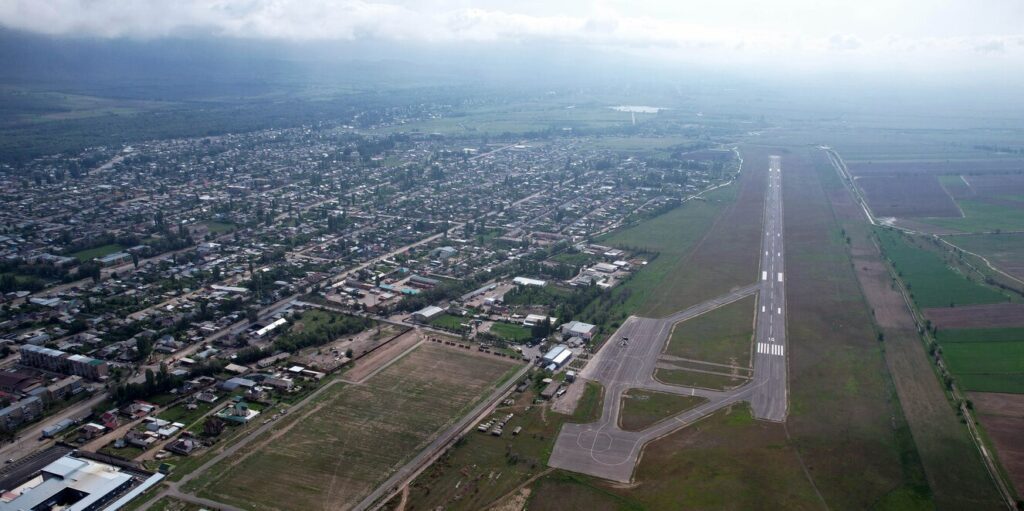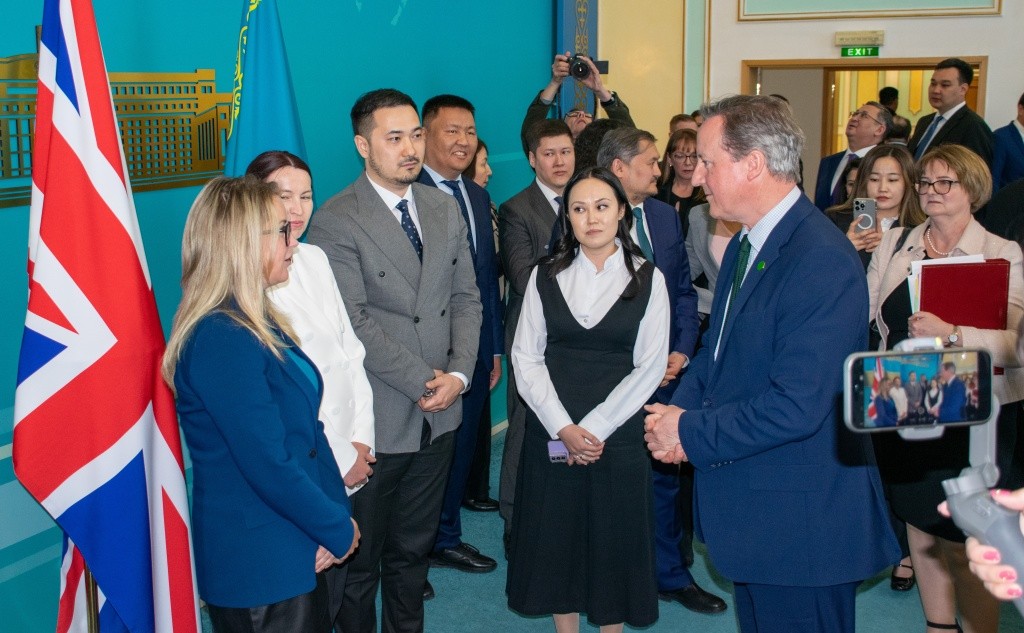Viewing results 1 - 6 of 2
Following its year-long reconstruction, Talas airport in north-west Kyrgyzstan reopened on 21 May. Built in 1979 to receive planes and helicopters, the airport had not been operational since the collapse of the Soviet Union. The facility now has a runway that adheres to international standards and a terminal which can accommodate 100 passengers per hour. Speaking at the launch, Kyrgyzstan President Sadyr Japarov stated that the reconstruction in Talas marked a significant step in progressing the government’s plans to resume air communication with the country’s regions through the revival of several redundant airports. Construction of terminals is currently underway at international airports in the city of Karakol and the village of Tamchy in the Issyk-Kul region. The runway at the Naryn regional airport is under repair and the reconstruction of the runways at airports in Kazarman, Kerben, and Batken in the south, are nearing completion.
Two new Kazakh-British business agreements were signed off during UK Foreign Secretary David Cameron’s visit to Kazakhstan on 24 April. The first, between AstraZeneca, a British-Swedish multinational pharmaceutical and biotechnology company, Kazakhstan’s Ministry of Healthcare, Almaty City Administration and Kazakh Invest, aims to implement an investment project for contract manufacturing of biotechnological products in Kazakhstan. According to Kazakh Invest, the agreement represents a significant step towards Kazakhstan’s goal to increase its share of domestically- produced medicines in the local market to 50%. The second deal, signed by the Ministry of Transport of Kazakhstan and British company Car Park Transformer, makes provision for the construction of roadside service facilities on Kazakhstan’s national and international highways. Comprising 250 service stations equipped with restrooms, retail spaces, as well as electric vehicle charging points, the project aims to provide essential services and enhance the comfort of motorists.


